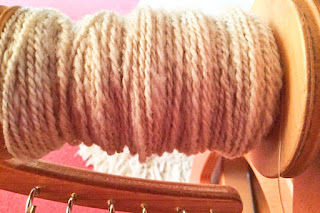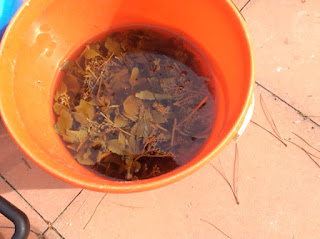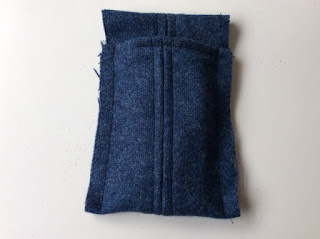My youngest grandson is just over two.
He has decided he is grown up and sits to eat on the same sort of chair as the
rest of the family. He does very well
but has been known to get distracted from the serious business of eating or
drinking. At this time he might spill some food or drink.
His parents have some superb dining chairs and our ( his Mum and me) challenge is to make a cover for his chair that does not look like a cover that he has to have but others don't! Being 2 he is more discerning than many adults. My aim is to make the cover liquid proof.
His parents have some superb dining chairs and our ( his Mum and me) challenge is to make a cover for his chair that does not look like a cover that he has to have but others don't! Being 2 he is more discerning than many adults. My aim is to make the cover liquid proof.
I was going to line the cover with the 'stuff' that is used to make under pillowcases for the allergic amongst us. However, after experimenting I found that liquid is slowed from going through but not slowed enough for my piece of mind.
My next experiment was with blackout lining which I had in my stash. This seems to fit the bill. It is not totally waterproof but slows the passage of liquid down considerably.
I had some cotton/ linen mix material that I thought would suit the chair. It's not identical but doesn't shout out at you 'I am a child's chair cover'.
After further experimenting I decided to make the under chair cover from blackout lining with sides of the anti allergic under pillowcase stuff- as this helped reduce the bulk.
I then made the outer cover completely separately and attached 2 slightly elastic ties under the chair which close with a hidden press stud.
Job done. (Pity about the sun, or rather the photographer!)
Will he now sit on the chair or want to sit on one of the others?















































